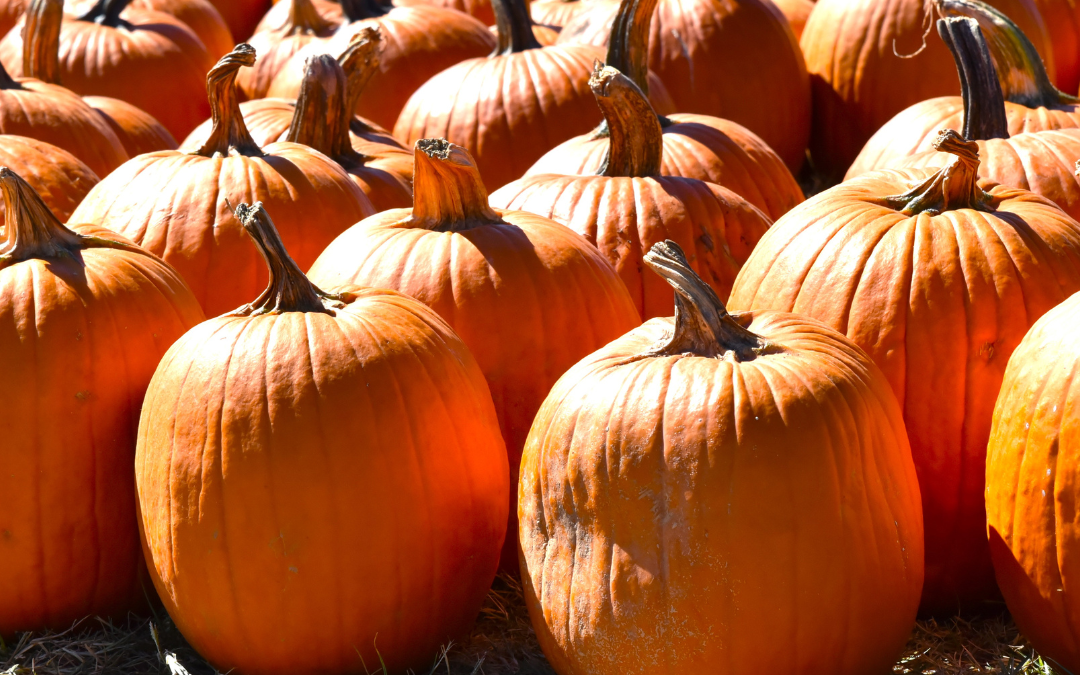It’s Pumpkin Season
We’re celebrating September with lots of yummy pumpkin treats. Did you know that pumpkins are native to Canada and have been grown here for hundreds of years.
First Nations people ate them roasted, boiled and stewed, and they roasted the seeds as well. Today, most pumpkins are used for jack-o-lanterns or pumpkin pie but there are so many more ways to enjoy pumpkins, including of course, growing giant ones.
Windsor, Nova Scotia, where our shop is located, holds an important place in pumpkin history.
It is the home of ‘Dill’s Atlantic Giant’ pumpkin developed by Howard Dill. Dill’s Atlantic Giant pumpkin seeds hold the world record for giant pumpkins and produce the largest fruit in the plant kingdom. These giants grow on very large plants, with vines up to 50′ long.
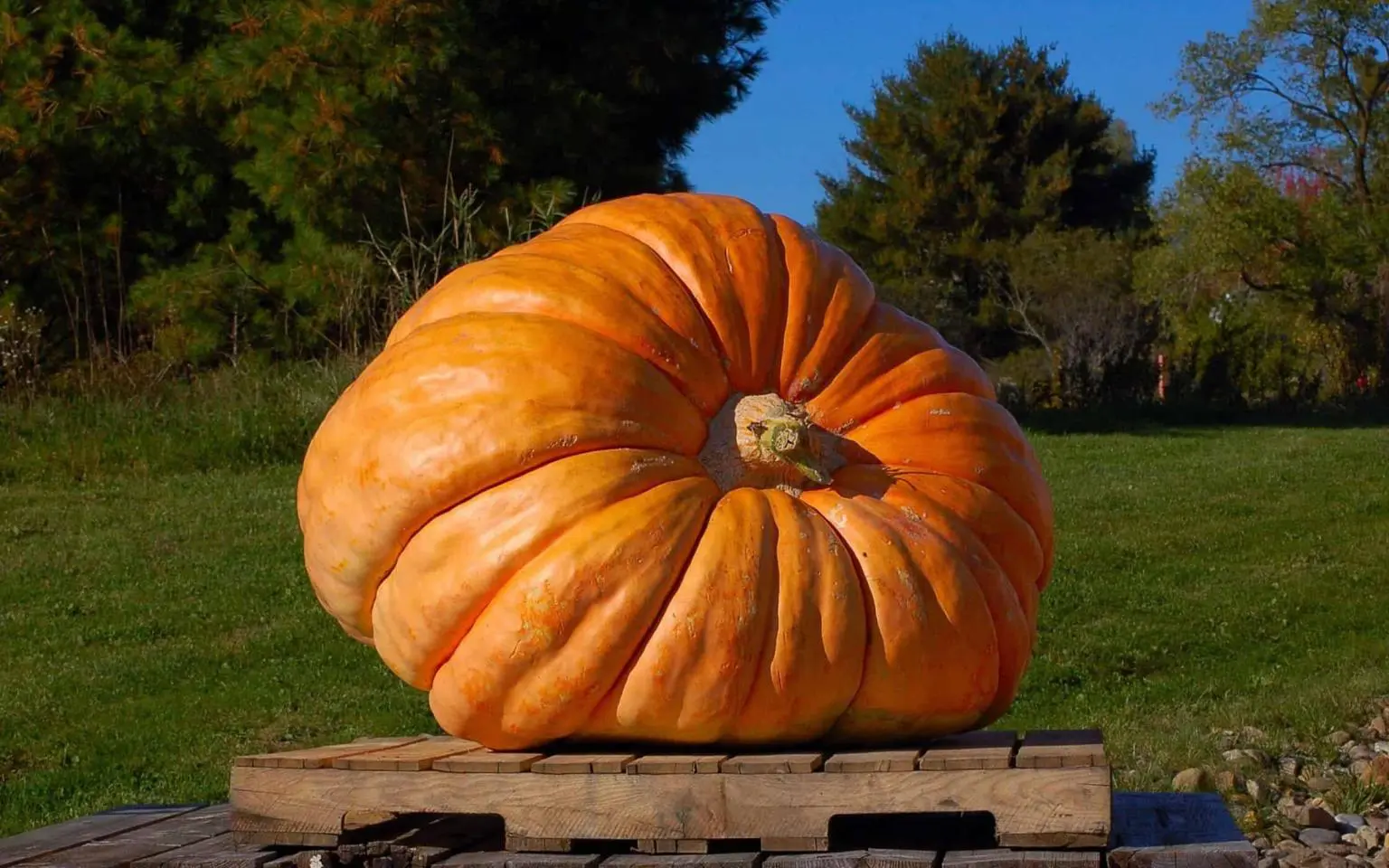
While giant pumpkins are edible, most never make it into a pie. They are sort of the divas of the squash world – being grown for their prize-winning abilities. Plus, giant pumpkins are sprayed with fertilizer and fungicides to help them grow to their enormous size.
In fact, most are sprayed with fungicides in the field. And, they can absorb those chemicals. So it’s probably best not to eat them. Pumpkins have appeared on the dirty dozen list and they’ve never made it on to the clean fifteen list. They usually hover in between the two – not the worst – but not among those with the lowest amounts of pesticide residues.
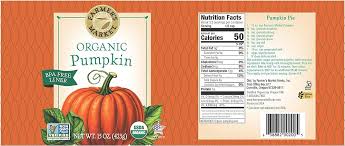
There’s always some amount of pesticides on conventionally grown pumpkins. This is one of the reasons that we choose organic pumpkin for all our pumpkin treats at sable shortbread. The fewer chemicals we can add to our baked goods, the better. So, if you’re cooking up some pumpkin this fall season, don’t forget to wash your pumpkins well before you cook them.
It has been shown that pumpkins absorb chemicals through their skin and soak up what’s in the soil, so it’s important to us to choose pumpkins that are as chemical free as possible.
In fact, farmers and landowners know pumpkins are very efficient at absorbing contaminants from the soil. Some non-organic farmers and landowners use them as a filter to clean up contamination. If you aren’t buying organic pumpkins, you may be consuming whatever land, water, and chemical contamination your pumpkin absorbed. They are nature’s clean up crew.


Now, when it comes to your jack-o-lantern pumpkin, these factors are not as important. Shape, size, and colour are the most important factors for most pumpkin carvers out there. They are grown specifically for carving and generally have stringy watery meat. Not too tasty. And, after you’ve carved a pumpkin and it has been sitting outside for a few hours or a few days, it’s best to discard it anyway. Be sure to discard your pumpkin with your compost. If your carving pumpkin was organic, you can add it to your garden compost pile, but otherwise, toss it out with your waste compost.
The smaller sugar pie pumpkins have solid, rich flesh and are the ones you’ll want if you plan to make a pumpkin pie from scratch by roasting up your own pumpkin puree. Look for pumpkins that are small, about 4 to 8 pounds, with a dense flesh (it should feel heavy) and smooth texture. Do not pick up pumpkin by the stem, as it can break off easily.


Did you know that the largest pumpkin pie ever made weighs 1,678 kg (3,699 lb) and was made by New Bremen Giant Pumpkin Growers (USA) at New Bremen Pumpkinfest in New Bremen, Ohio, USA, on 25 September 2010. The diameter of the pie was 6 m (20 ft). The crust was made of 440 sheets of dough and the other ingredients were canned pumpkin, evaporated milk, eggs, sugar, salt, cinnamon and pumpkin spice.
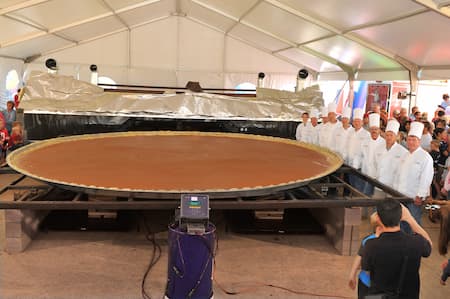
World’s Largest Ever Pumpkin Pie. Guinness Book of World Records https://www.pumpkinnook.com/giants/pumpkinpierecord.htm#google_vignette
If you can find organic pie pumpkins, then you’ve got the best of everything for your pie. Next to that, organic canned pumpkin is an excellent option. And pumpkin is not just for pies. There are lots of ways to enjoy pumpkin.
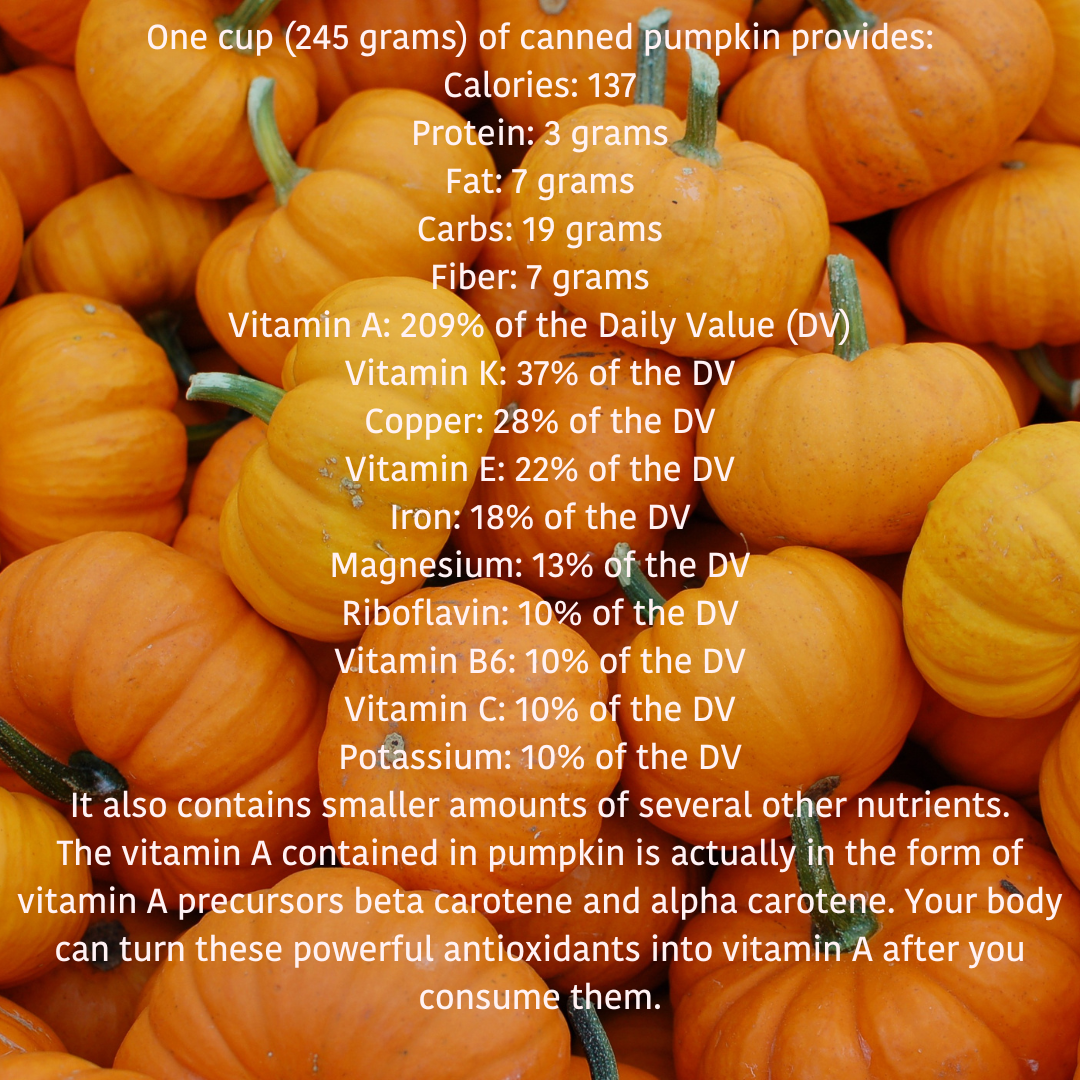
We choose canned pumpkin for our pumpkin treats in the bakery for consistency of taste, variety of pumpkin and because it has a lovely rich pumpkin colour which makes everybody happy. You can always feel good about eating pumpkin. Pumpkins are considered a superfood and have exceptional anti-inflammatory properties. They are rich in carotenoids, especially in lutein, alpha-carotene and beta-carotene, along with being an excellent source of vitamin A, thiamine and riboflavin and a good source of vitamin C. Pumpkin also contains fibre and potassium, making it a smart choice to add, not only to your baking, but soups and stews too!
Pumpkins are actually a fruit although they are generally thought of as a vegetable. And vegetables make great soup. Here’s a recipe for pumpkin soup.
Ingredients
1 x 2 – 2.5 lb sugar pie pumpkin (preferably organic)
1 tablespoon olive oil
1 large yellow onion chopped
4 garlic cloves minced
4 cups vegetable broth
1 teaspoon salt
½ teaspoon ground black pepper
½ cup whipping cream, plus more for serving
¼ cup maple syrup
3 tablespoons pumpkin seeds

